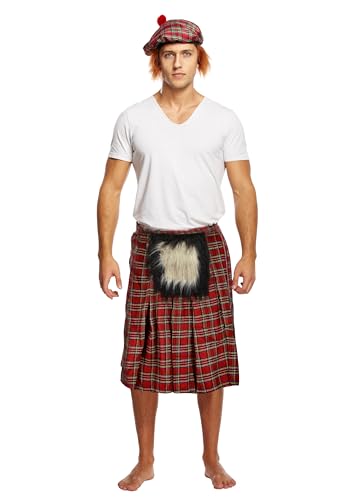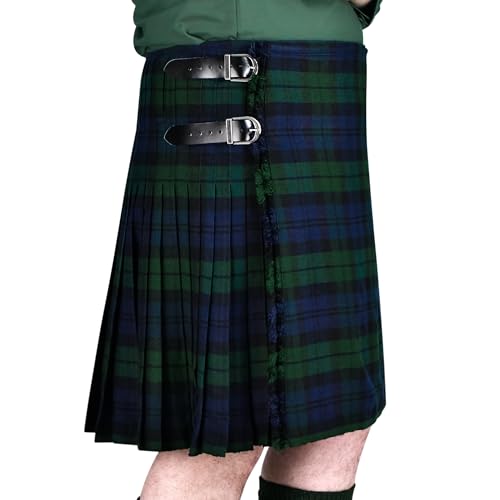History and Culture Behind Kilts
Kilts are traditional Scottish wear that have been around for centuries. They are made of wool and feature a tartan pattern, which represents the wearer’s family or clan. While kilts are commonly associated with the Scottish, they are also worn in other Celtic cultures such as Irish and Welsh. The kilt has become a symbol of Scottish national identity and is often worn at formal events and ceremonies such as weddings and graduations.
Religious Significance of Kilts
Kilts do not have any specific religious significance, but they do play a role in certain religious practices. For example, kilts are often worn by bagpipers performing at funerals or memorial services for military veterans. Kilts are also frequently worn during Scottish weddings, which may incorporate religious elements depending on the couple’s faith tradition. However, their use in these contexts is typically more cultural than religious.
Cultural Significance of Kilts
Kilts are deeply intertwined with Scottish culture and history. They are often associated with the country’s history of clan warfare, and the tartan pattern is believed to have originated as a way for clan members to distinguish themselves on the battlefield. Today, kilts are commonly worn at cultural events and festivals celebrating Scottish heritage. The garment is seen as a symbol of national identity and pride for the Scottish people.
Modern Uses of Kilts
While kilts remain an important part of Scottish culture, they are now worn for a variety of occasions beyond formal events and cultural festivals. Kilts have become popular in the fashion world, with designers creating modern versions of traditional styles. They are also worn by athletes competing in Scottish games and strongman competitions. Additionally, many people wear kilts as part of their everyday wardrobe, often pairing them with t-shirts or jackets to create a casual yet distinct look.
The Future of Kilts
As with any cultural tradition, the use and significance of kilts may evolve over time. However, the garment remains an important part of Scottish identity and heritage. As technology and fashion continue to evolve, it will be interesting to see how designers and manufacturers incorporate traditional elements into contemporary designs. Regardless of how the kilt evolves, its enduring popularity is a testament to its significance and impact on Scottish culture.





![The Dragons Den Adults Tartan Kilt With Sporran Scotsman Scottish Scotland Patriotic Fancy Dress Costume Accessory [L-XL]](https://m.media-amazon.com/images/I/51VAUbEnCwL.jpg)
